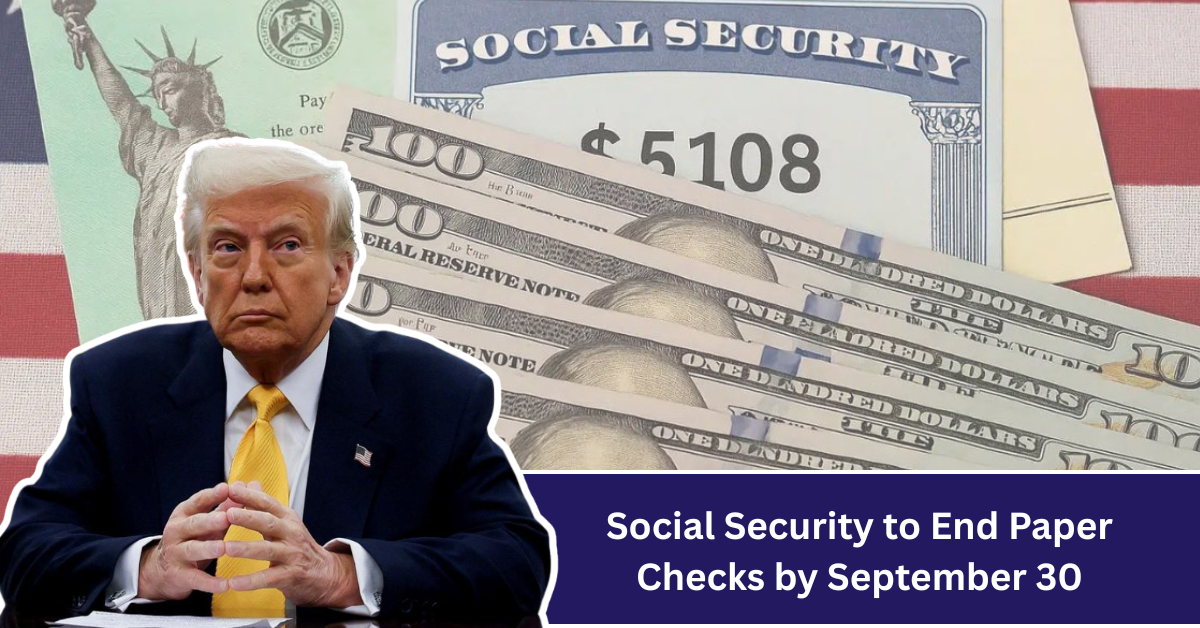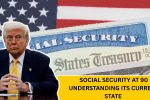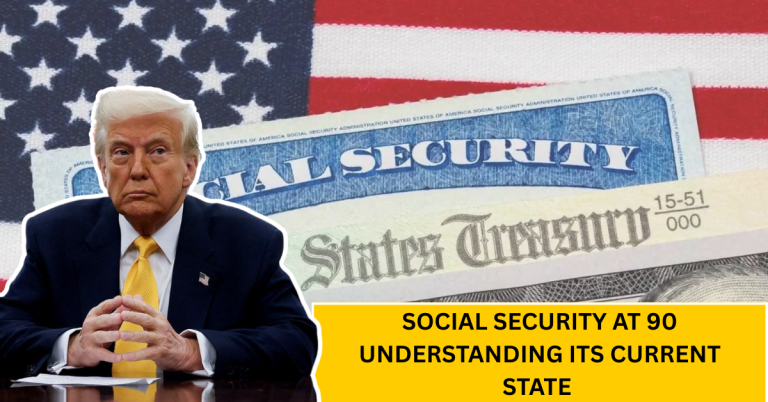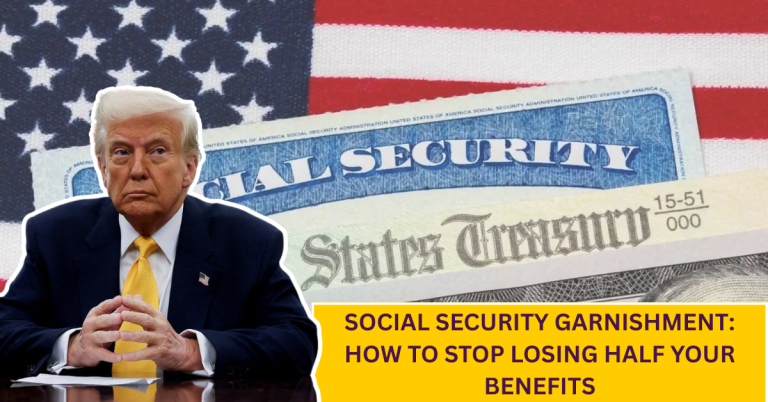
Starting September 30, the Social Security Administration (SSA) will stop mailing paper checks to beneficiaries. This change aims to make payments faster, safer, and more reliable by requiring recipients to switch to electronic payments. Millions of Americans currently receiving their benefits via paper checks will need to take action to avoid missing payments once the deadline passes.
For many, this shift might raise questions about how to receive payments, the safety of electronic transfers, and what alternatives are available. If you or someone you know gets Social Security benefits, understanding these changes can help you prepare for a smooth transition. Here’s what you need to know about the end of paper checks and how to switch to electronic payments easily.
Why Is Social Security Ending Paper Checks?
The Social Security Administration wants to improve the security and efficiency of payments. Paper checks can be delayed due to mail problems, lost or stolen, and may take longer to process. Moving to electronic payments means faster delivery of funds and fewer chances of fraud or theft.
According to the SSA official website, most benefits are already paid electronically through direct deposit or the Direct Express card. This change is part of a broader government effort to modernize payment systems and protect beneficiaries from payment delays or scams.
How Will Beneficiaries Receive Payments After September 30?
After September 30, Social Security benefits will be delivered by one of two electronic methods: direct deposit to a bank or credit union account, or through the Direct Express® prepaid debit card. If you already have either of these, no action is necessary.
If you still receive paper checks, you will be automatically enrolled in the Direct Express program unless you opt for direct deposit. The Direct Express card works like a debit card, allowing you to withdraw your money at ATMs, make purchases, and pay bills electronically. This method is free, safe, and available even to those without traditional bank accounts.
Steps to Switch from Paper Checks to Electronic Payments
To avoid any interruption in payment, the Social Security Administration advises beneficiaries to switch to electronic payments before the deadline. Here are easy steps to do so:
- Sign up for direct deposit by providing your bank account information directly to the SSA. You can do this online at SSA’s direct deposit signup page.
- If you don’t have a bank account, apply for the Direct Express card at usdirectexpress.com or call their toll-free number.
- Notify SSA if you prefer direct deposit instead of receiving the Direct Express card. This can be done by contacting SSA customer service.
It is important to start this process as soon as possible to ensure you receive your benefits on time.
What If You Don’t Switch by the Deadline?
If you miss the September 30 deadline and still receive paper checks, your payments will not be mailed anymore. Instead, the SSA will automatically deposit your funds onto the Direct Express card. You will then receive information about how to use the card by mail. To avoid delay and confusion, it is best to switch voluntarily before that date.
How Does Electronic Payment Benefit Young and Tech-Savvy Users?
For younger beneficiaries and those comfortable with technology, electronic payments offer convenience and flexibility. Money can be accessed instantly via bank apps, online transfers, and debit card transactions. It also fits into a digital lifestyle, where cashless payments are increasingly common. Plus, electronic payment reduces the risk of lost or stolen money common with paper checks.
Conclusion: Prepare Early for a Smooth Transition
The end of paper checks for Social Security payments starting September 30 marks a big change but also an opportunity to enjoy faster and safer money transfers. By switching to direct deposit or the Direct Express card now, beneficiaries can avoid payment disruptions and enjoy the convenience of secure electronic payments.
For more information, visit the official Social Security Administration website or contact your nearest SSA office. Taking action early ensures your benefits continue without interruption and helps you stay in control of your finances.




